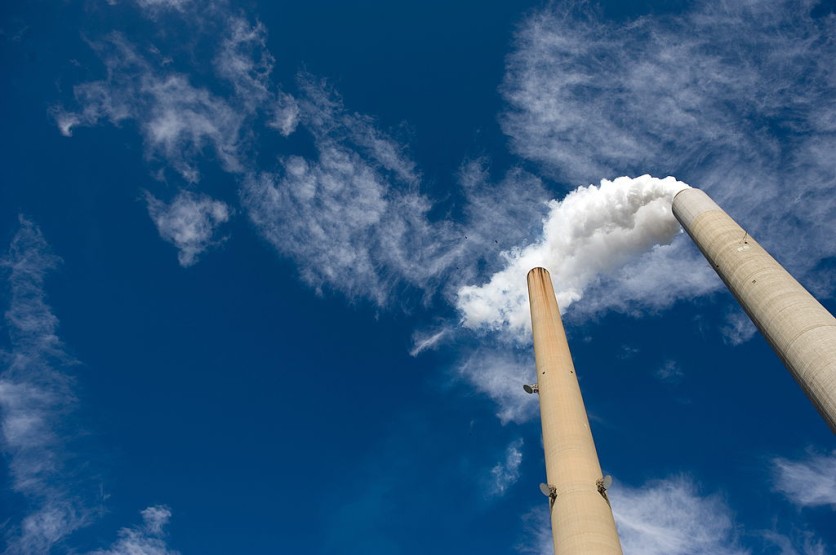The comprehensive climate, energy, and health care bill is scheduled to be voted on in the United States. The House passed a package on Friday that includes the greatest federal climate investment in history, or approximately US$370 billion, to promote the development of alternative energy sources.
According to several assessments, the US may decrease its greenhouse gas emissions by about 40% below 2005 levels by 2030, thanks to its climate and energy legislation.
A system of incentives to greatly increase the use of carbon capture technologies that will store carbon dioxide underground or reuse it will be an important part of the bill's climate provisions.

Carbon Capture Technology
According to Wil Burns, Professor of Research in Environmental Policy at the American University School of International Service, carbon capture technology adoption has been sluggish thus far.
He said that these technologies are expensive and may call for miles of pipeline and enormous volumes of subterranean storage, which could cause local opposition.
Burns cited recent research which predicted that the U.S. would need to build 65,000 miles of carbon dioxide pipelines, or 13 times the current capacity, to order to reach net-zero emissions in 2050.
To store or utilize carbon dioxide, it must be transported after it is captured during industrial processes like the production of steel and concrete and power generation.
The gas is most frequently used for enhanced oil recovery, injecting it into oil and gas reservoirs to extract more fossil fuels.
Additionally, the measure aims to promote direct air capture systems, which remove carbon dioxide from the atmosphere.
According to Princeton University's research, the relevant portions of the law would raise carbon capture usage by 13 times compared to the present policy by 2030. This might equal between one-sixth and one-fifth of the new bill's expected reductions in carbon dioxide emissions.
Read also : 'Carbon Sponge:' First Solar-Powered Carbon Capture Machine Will Suck CO2 to Help Solve Climate Crisis
Incentives
The measure attempts to encourage the widespread adoption of carbon removal technologies through incentives, much like the majority of its other energy and climate provisions.
Most significantly, it makes major changes to the 45Q provision in the U.S. tax code, which encourages corporate investments in carbon capture.
The bill will raise the tax credits from $50 per ton to up to $85 per ton if the carbon is stored for use in industrial facilities and power plants. The credit will also increase from $30 per ton to $60 per ton if the carbon is used for oil exploration.
Additionally, direct air capture credits would significantly increase, from $35 to $130 per ton if carbon dioxide is used and from $50 to $180 per ton if it is stored.
The bill would also lower the minimum capture requirements for credit eligibility, push back the start date for construction of eligible carbon capture facilities from 2026 to 2033, and allow direct payments for the full value of credits for the first five years of a project's operation instead of tax credits, as noted by Burns.
Related Article : How MIT's Space Bubbles Project Can Protect Earth From Solar Radiation! Other Top Global Warming Solutions
This article is owned by Tech Times
Written by Joaquin Victor Tacla
ⓒ 2025 TECHTIMES.com All rights reserved. Do not reproduce without permission.




